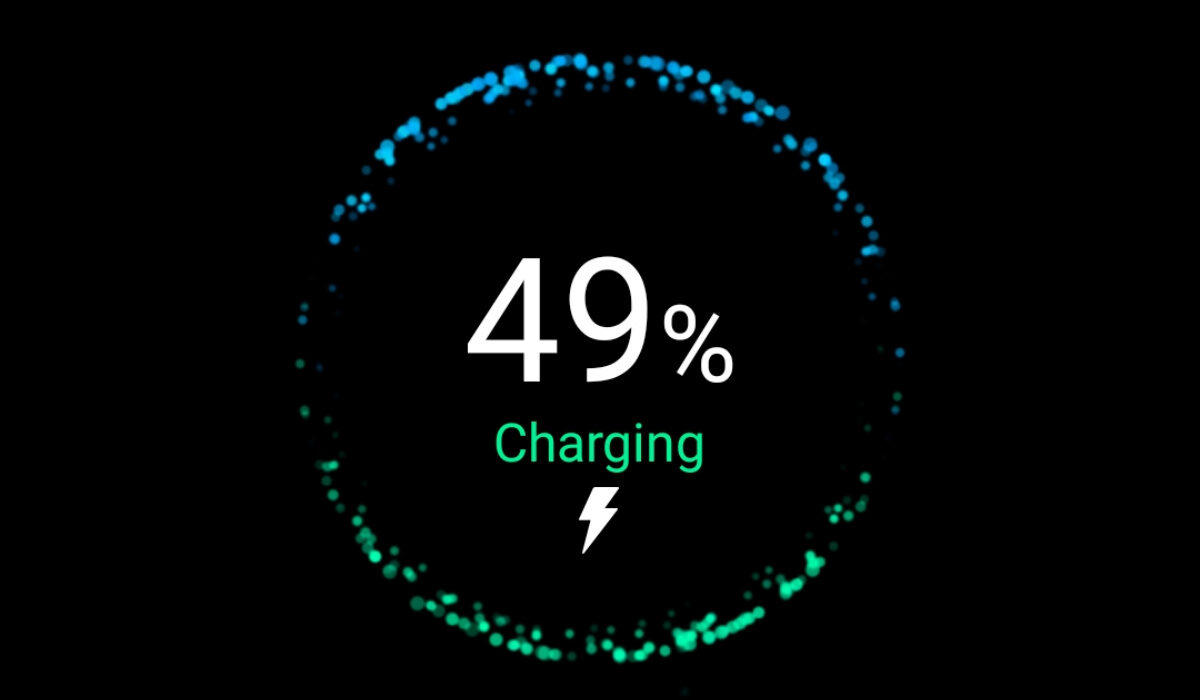There are different solutions in the market, with each manufacturer often developing their own proprietary system and going by a unique brand name. But whatever the specifics of these solutions, they all work by a broad principle.
How Fast Charging Works
Fast charging in mobile phones works by pumping extra electrical charges into the phone, usually in two phases. The first phase happens between 0 and 80%, approximately, and happens much faster than the second phase. The second phase is slower for safety reasons, because it is a critical period when the battery already has a lot of charge and is less stable. This means, accidents can happen if charging continues at the initial speed, so designers build the charging solution to slow down here. That is why your phone takes much longer to go from 80% battery to 100% than you’d like. But it is for your safety. That is also the reason why some phones stop charging at 80% under certain conditions e.g. if the weather is hot. The in-built fail-safe system cuts off charging to keep the phone cool and stable.
Different Fast Charging Technologies from different phone makers
OPPO‘s charging solution is called SuperVOOC. Their 150W SuperVOOC solution charges a 4,500mAh battery from 0-50% in just 5 minutes, and 0-100% in just 15 minutes, while their new 240W SuperVOOC solution does 0-100% in a mere 9 minutes.
Infinix’s fast charging solution is called Flash Charge. The company’s 160W charger has demonstrated taking the phone battery from 0% to 100% in 10 minutes.
Xiaomi‘s charging technology is branded HyperCharge. The 120W HyperCharge charger takes about 20 minutes to fill up a battery.
Qualcomm’s fast charging solution is called Quick Charge. The latest iteration, Quick Charge 5.0 tops up compatible devices from 0-100% in 15 minutes.
Samsung‘s solution is one of the least impressive in the industry. Most flagship Samsung smartphones have a mere 25W fast charging. The company has developed a 45W charger can do 0-70% charge in 30 minutes, as seen in the Galaxy S22 Ultra.
Apple‘s solution doesn’t have a brand name, but the one in iPhone 13 Pro Max is a 27W solution that charges it up to 50% in 30 minutes.
USB Power Delivery an industry standard charging protocol designed for both mobiles and laptops. If your phone supports USB-PD, you are not limited to using your phone’s fast charger but can also use compatible 3rd party chargers to top up your battery quickly.
USB Power Delivery 3.0 is capable of delivering up to 100W charge. While your smartphone does not need this much power, laptops and other devices do. Remember, we mentioned earlier that this is an industry-wide quick charging solution for USB devices, whether they are phones, tablets, laptops, etc. USB-PD 3.0 will usually deliver a maximum of about 18W charge to your smartphone.
In addition to their proprietary charging solutions, many phone makers include USB Power Delivery support in their devices.
Don’t miss our reviews.Join our WhatsApp Group, to be notified of the most important articles and deals,Follow us on Instagram, Facebook, Twitter, and YouTube.
